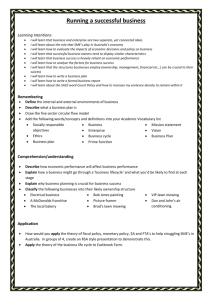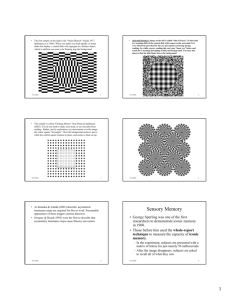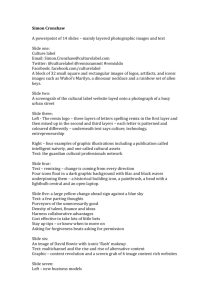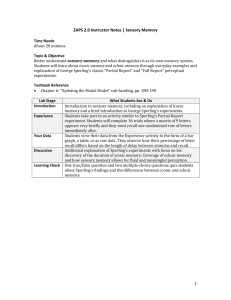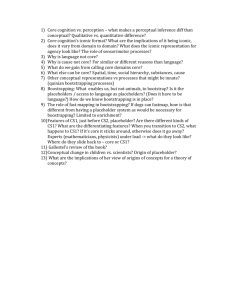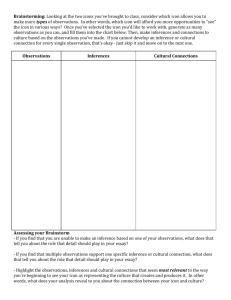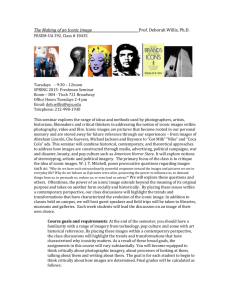Iconic images
advertisement
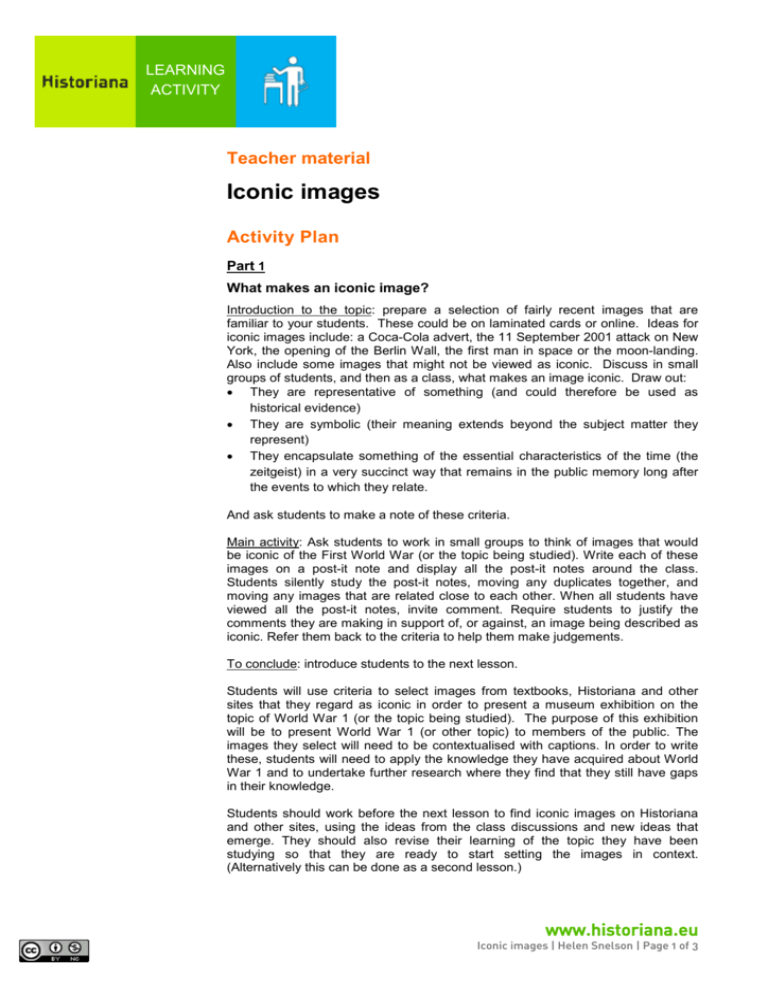
LEARNING ACTIVITY Teacher material Iconic images Activity Plan Part 1 What makes an iconic image? Introduction to the topic: prepare a selection of fairly recent images that are familiar to your students. These could be on laminated cards or online. Ideas for iconic images include: a Coca-Cola advert, the 11 September 2001 attack on New York, the opening of the Berlin Wall, the first man in space or the moon-landing. Also include some images that might not be viewed as iconic. Discuss in small groups of students, and then as a class, what makes an image iconic. Draw out: They are representative of something (and could therefore be used as historical evidence) They are symbolic (their meaning extends beyond the subject matter they represent) They encapsulate something of the essential characteristics of the time (the zeitgeist) in a very succinct way that remains in the public memory long after the events to which they relate. And ask students to make a note of these criteria. Main activity: Ask students to work in small groups to think of images that would be iconic of the First World War (or the topic being studied). Write each of these images on a post-it note and display all the post-it notes around the class. Students silently study the post-it notes, moving any duplicates together, and moving any images that are related close to each other. When all students have viewed all the post-it notes, invite comment. Require students to justify the comments they are making in support of, or against, an image being described as iconic. Refer them back to the criteria to help them make judgements. To conclude: introduce students to the next lesson. Students will use criteria to select images from textbooks, Historiana and other sites that they regard as iconic in order to present a museum exhibition on the topic of World War 1 (or the topic being studied). The purpose of this exhibition will be to present World War 1 (or other topic) to members of the public. The images they select will need to be contextualised with captions. In order to write these, students will need to apply the knowledge they have acquired about World War 1 and to undertake further research where they find that they still have gaps in their knowledge. Students should work before the next lesson to find iconic images on Historiana and other sites, using the ideas from the class discussions and new ideas that emerge. They should also revise their learning of the topic they have been studying so that they are ready to start setting the images in context. (Alternatively this can be done as a second lesson.) www.historiana.eu Iconic images | Helen Snelson | Page 1 of 3 LEARNING ACTIVITY Part 2 What are the iconic images of the First World War? (or other topic studied) Over the course of a single lesson, or more depending on what is desirable / possible, students put together a museum display with the title: ‘What are the iconic images of World War 1?’ (or topic being studied). This could be in the classroom, in a public space, or online. Small groups of students present the iconic images with captions. These captions should give the historical context to each image and a short justification (referencing the criteria developed in the previous lesson) as to why the image is iconic. Students should also prepare an introductory panel to their exhibition, which explains what is meant by an iconic image in the context of their topic. Depending on time and the nature of the group, the teacher may want to give a twist to the development of the exhibition part way through. For example, the teacher, as museum curator, could make it clear that funders have changed. The new funders are very keen to avoid any images which are iconic to just one country; they require the images to be iconic across Europe. Such timely intervention can be a good device to enable students to rethink and re-justify; moving their thinking to a greater depth and breadth. It enables students to see that any selection of sources as evidence is an interpretation that is defined by its purpose and audience. Assessment opportunities This sort of activity lends itself to supportive and critical assessment by peers, teachers and possibly the wider community. The students’ exhibitions should be judged for: How well they demonstrate an understanding of what makes an iconic image. How clearly they present their chosen topic using iconic images. (Is there sufficient depth and breadth for an interested and intelligent non-expert to learn?) How clearly and accurately they have placed the images in their historical context (and therefore how much they have learnt about the topic). How well they have designed and executed their exhibition. (Have they worked well as a team and presented a piece of work in which they can take pride?) It would also be a good idea to invite groups to write personal reflections on the activity. This would include their views on the working process they undertook and also the final product. A key question for self-reflection would be: ‘What would we not understand about World War 1 (or other topic) if we only viewed your exhibition?’ This is not a punitive question, as of course the exhibition will be an interpretation of the past. It is a question designed to make students explicitly aware of just that. By the process of selection an interpretation is made. By the process of selecting iconic images, there may be significant gaps in the story presented. This should provide material for an excellent plenary discussion. For example: to what extent do iconic images cause, or at least reinforce, the gap between the knowledge of the public and the knowledge of the academic historian about a topic? Does this matter? Source: www.historiana.eu Iconic images | Helen Snelson | Page 2 of 3 LEARNING ACTIVITY 1. IWM Collection Ref: Q11586: British 55th (West Lancashire) Division troops blinded by tear gas await treatment at an Advanced Dressing Station near Bethune during the Battle of Estaires, 10 April 1918, part of the German offensive in Flanders. www.historiana.eu Iconic images | Helen Snelson | Page 3 of 3
